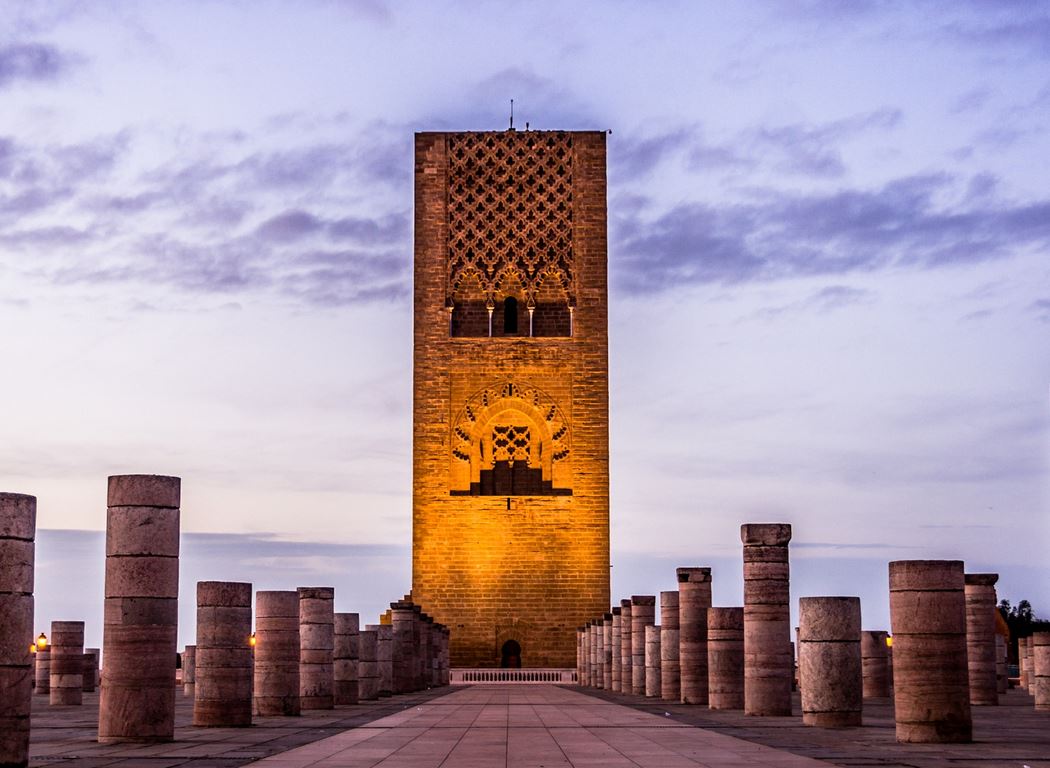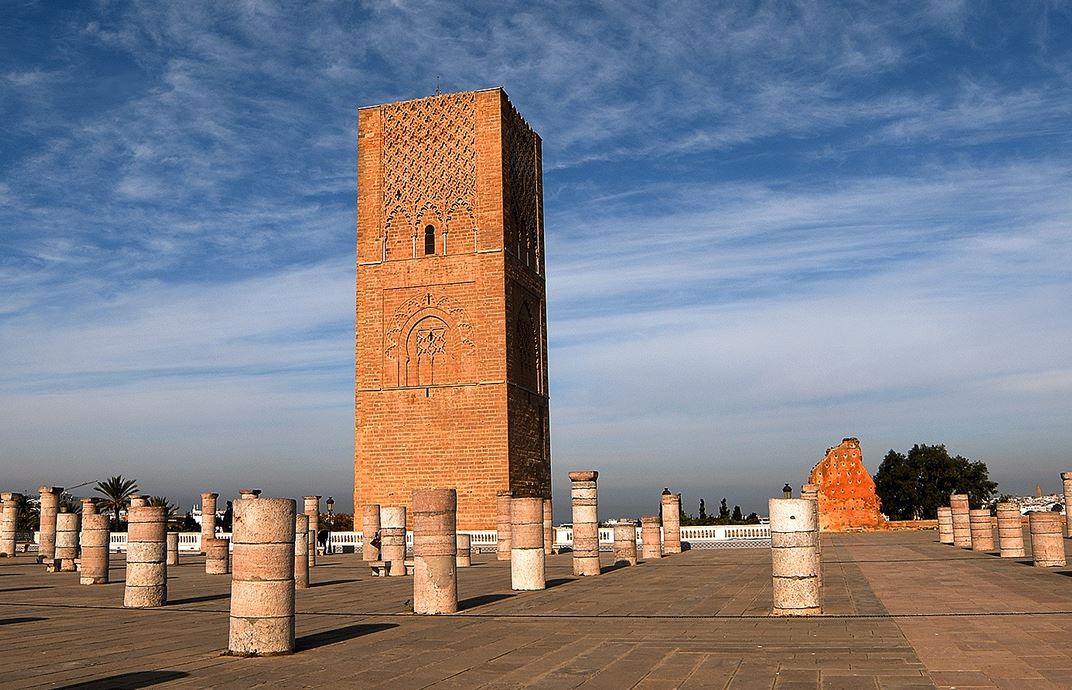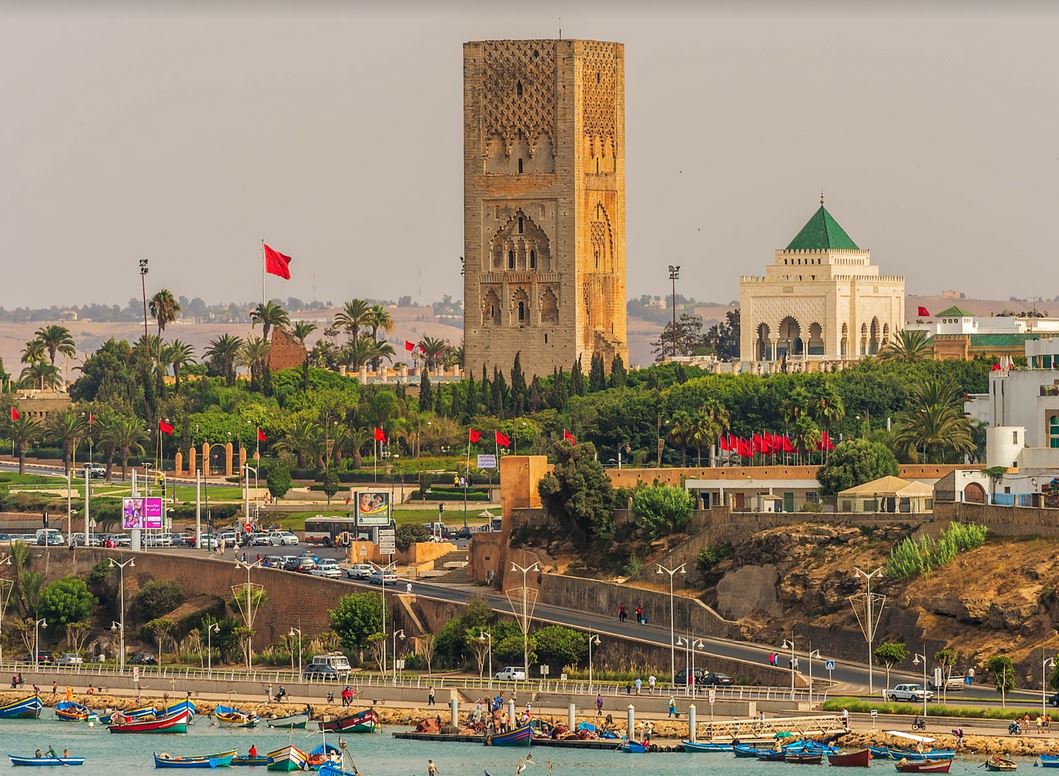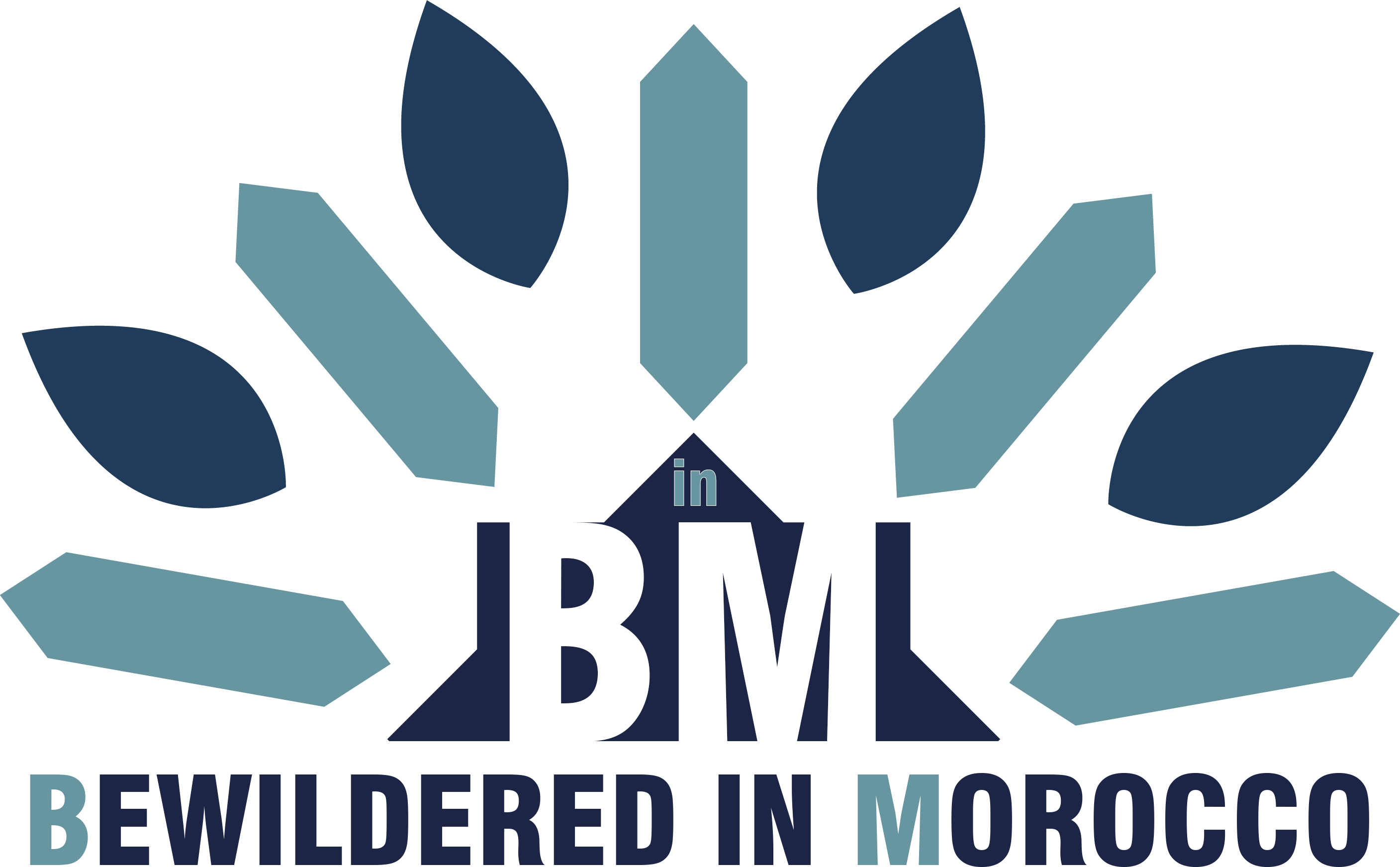Standing proudly on a hilltop overlooking the Bou Regraq River between Rabat and Salé, Hassan Tower remains one of Morocco's most iconic historical monuments. This incomplete 12th-century structure tells a fascinating story of ambitious dreams, architectural brilliance, and historical twists of fate.
The Vision of a Grand Mosque
In 1197, the third Almohad Caliph Yacoub al-Mansour ordered the construction of what was intended to be the world's largest mosque. The ambitious project would span an impressive 183 meters in length and 139 meters in width, covering a total area of 26,000 square meters - unprecedented dimensions for its time.
Architectural Marvel

The tower, reaching 44 meters high, stands as the most prominent feature of this incomplete mosque. Each of its square corners measures 16.2 meters, with walls an impressive 2.5 meters thick. One of its most fascinating features is its interior ramp system - designed wide enough for a horse to ascend, leading to six rooms arranged in different levels.
The tower's four facades showcase intricate stone carvings and decorations in the distinctive Andalusian-Moroccan style of the 12th century. This architectural masterpiece shares design similarities with its "sister towers" - the Giralda of Seville and the Koutoubia of Marrakech.
Why Was It Never Completed?

Two main theories explain why this grand project remained unfinished:
- The Almohad state became preoccupied with problems in Al-Andalus (Islamic Spain), diverting resources from the construction.
- The death of Yacoub al-Mansour in 1199 left the project without its visionary patron. Subsequent rulers, dealing with political crises that eventually led to the Almohad dynasty's decline, showed little interest in completing the massive undertaking.
The Modern Hassan Tower

Today, Hassan Tower has taken on new significance. In 1961, King Hassan II ordered the construction of the Mausoleum of Mohammed V adjacent to the tower. The site holds special meaning as it was where Mohammed V held his first Friday prayer after returning from exile in 1955.
The complex now serves as the royal family's mausoleum, housing the tombs of both King Mohammed V and King Hassan II, along with Prince Moulay Abdullah. Visitors today can experience this blend of historical architecture and modern royal heritage, with traditional guards in ceremonial dress mounted on horseback protecting the site's entrances.
UNESCO Recognition

The historical and architectural significance of Hassan Tower earned it a place on UNESCO's tentative World Heritage list in 1995. It continues to draw visitors from around the world who come to admire its intricate Islamic architecture and learn about this ambitious project that, while unfinished, stands as a testament to Morocco's rich architectural heritage.
Whether you're a history enthusiast, architecture lover, or curious traveler, Hassan Tower offers a unique glimpse into Morocco's golden age of architectural ambition and artistic achievement.
Remember to share your experience visiting Hassan Tower in the comments below! Have you seen its sister towers in Marrakech or Seville? I'd love to hear your thoughts!
